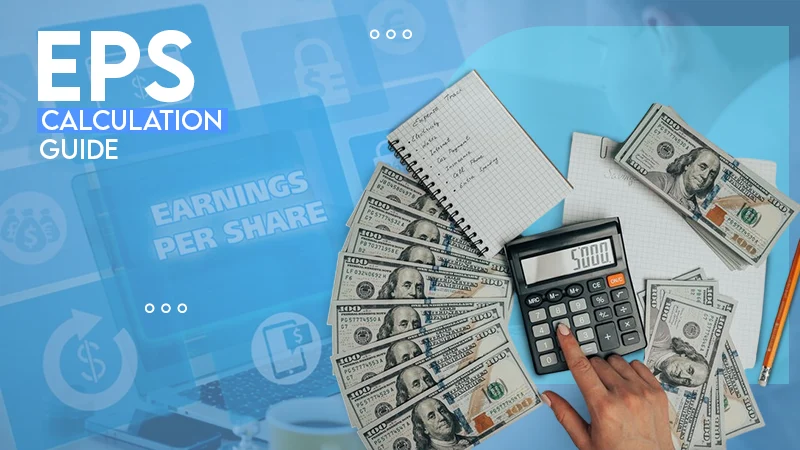Margin trading allows you to trade with borrowed money, while regular trading has to be done with your funds only.
Having fewer funds, but want to trade on high value for maximum profits? This is a common problem that most traders face. They often find trades that are known to be profitable, but are left out to invest in them due to the low availability of funds. Not anymore!
You might ask, how? The solution is – Margin trading. Platforms such as tronexbeam allow you to borrow funds to take larger positions than your real funds will allow. It simply means trading with borrowed money.
It opens the doors to unending profits but comes with high risks too. As the whole crypto market is uncertain, fortunes are made and lost in moments. This fast-growth strategy attracts crypto enthusiasts to take a big chance.
Want to explore it from its depths? Continue reading this article to understand how margin trading in crypto leverages gains and navigates risk in the digital asset market.
Key Takeaways
- Margin trading is a way to increase your buying power that allows you to take a better position, beyond your funds.
- High profits are not just related to higher funds but may also be associated with higher risks.
- The right knowledge and required control are the best tools for a profitable deal.
What Is Margin Trading in Crypto?
In crypto, margin trading is a new way to trade that allows traders to borrow funds from an exchange or broker to increase their investing power. Due to various issues and personal financial conditions, many of the traders are unable to raise their desired funds. They can take advantage of margin trading. For example, you can take a position of $5000 to $10,000 from an investment of $1000.
Its main concept varies from spot trading, in which you have to trade solely from your own assets. To cover your potential losses, this borrowing will require a margin, which simply means a deposit. If the market moves opposite to your expected or made trade, the exchange will liquidate your position on its own to prevent further loss.
How Crypto Margin Trading Works
To begin with margin trading, you have to deposit a fiat or some amount of crypto as an initial margin. After this, you will get an option to select the leverage ratio, which allows you to take a better position than your deposit.
For example, if your margin deposit is $100, and you choose a leverage of 10X. So, you can control a position of $1,000. And if everything goes well and the price rises by 10%, then you will get $100 as a profit. But the associated risk is the same; if the price drops by 105, your entire position will liquidate.
Common Margin Trading Strategies
With some wise strategies, margin trading can bring you immense profits. Some common strategies include:
- Long and short position strategy, in which the long position bets on the rise of the asset’s price, and the short position profits when the price falls.
- Swing trading aims to capture larger price swings over several days or weeks.
- Another one is hedging, which allows traders to use margins to protect existing investments.
These are simple but effective strategies. Each of the strategies mentioned above requires complete awareness of market demands and risk management. It’s important not to dive deeper without any prior knowledge.
Pros and Cons of Margin Trading
Margin trading has both benefits and disadvantages. Some of its benefits are that it comes with higher profit potential, in which a trader can earn quite good returns even from small returns. Gives you the flexibility to make a profit in varying markets. Also, helps to manage risks with hedging opportunities.
Along with these benefits, it comes with various losses too. For instance, a high risk of liquidation, any sudden decrease in the price can loss of all your funds. A better position comes with more pressure, and it seems very complex for beginners.
Managing Risks in Margin Trading
It is essential to learn how to deal with high risks. Knowing this can push even a beginner to trade well. And it is advised to always start with small ratios such as 2x or 3x, until you get experienced.
Add a stop-loss order to avoid total liquidation during a loss. Always invest in various stocks, not in a single one, and keep monitoring the markets to stay alert.
Never make a trade influenced by trends and emotional feelings; always think twice before taking a step. As a single wrong step can ruin all your funds.
Conclusion
Margin trading is an amazing way to make big profits with less money. It gives you opportunities to multiply your profits in crypto trading. Every small decision can be a reason to earn more and lose your funds.
In conclusion, successful market traders always respect the market’s unpredictability and never trade without proper knowledge of something. In crypto, power is a matter of both control and leverage.






